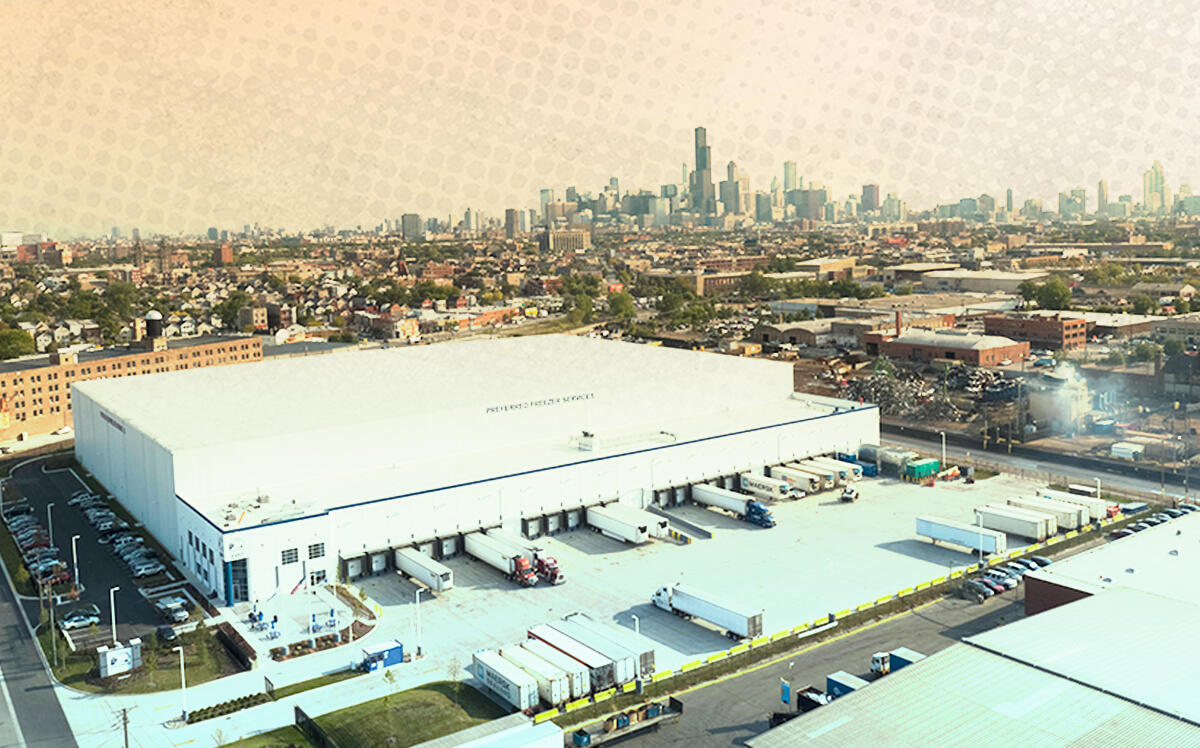Demand from e-commerce and logistics firms for big-box warehouse space continues to drive the Chicago-area industrial real estate market.
Record leasing activity and fewer construction completions meant the vacancy rate of big-box industrial properties in Chicago approached historic lows in the second quarter.
The vacancy rate of large-scale warehouse space dropped to 6.29 percent in the second quarter, down from 6.68 percent in Q1 and 6.42 percent from a year earlier, according to data from Colliers. The big-box vacancy rate has now decreased for three consecutive quarters, nearing the lowest-recorded rate of 6.15 percent two years ago.
The rise in e-commerce driven by the pandemic prompted major retailers such as Amazon to sign new leases, building out supply chains and shortening delivery times as online shopping surges.
In the second quarter alone, Amazon inked leases for a 629,000-square-foot building in Huntley and a 501,000-square-foot building in Waukegan. The tech giant also paid $45 million in March for an industrial site in Gage Park and in June unveiled plans to redevelop a 26-acre site in Homboldt Park into a last-mile distribution center.
The largest lease of the quarter involved zero-emissions truck and bus manufacturer Lion Electric pre-leasing a 906,517-square-foot spec building in Joliet for use as a manufacturing plant.
A lull in the completion of big-box buildings contributed to the low vacancy rates this quarter. Only three big-box buildings were constructed, totaling 1.7 million square feet, the lowest quarterly completion total since the third quarter of 2018, according to the data.
Lease signings, on the other hand, set a new quarterly record. Thirty-two new leases, five lease expansions and one sublease totaling 8.6 million square feet were signed in big-box buildings.
Net absorption — the total space added minus what was vacated — totaled 7.1 million square feet between April and June, per Colliers.
A net absorption total of 15.3 million square feet during the first half of this year has already surpassed the 15.1 million-square-foot net absorption from all of last year.
Prospects for Chicago’s industrial market look hotter than ever. Fifty-seven industrial buildings totaling 30.1 million square feet were being built in the Chicago area at the end of June — an all-time record for the market.
